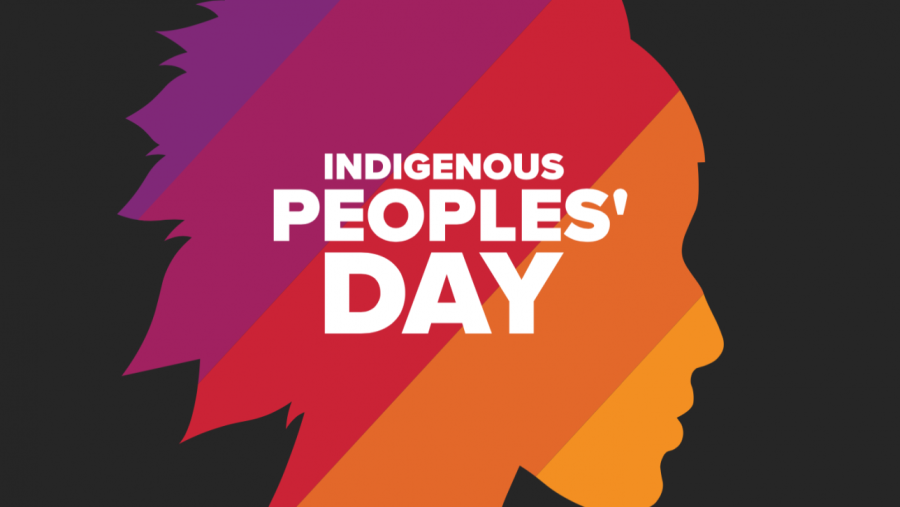Indigenous people day: a day of long needed in history
As the history of indigenous people and the negative effect of colonialism is revealed through recent decades. The celebration of Indigenous people day has become increasingly prevalent in the US. According to National Geographic, the purpose of Indigenous people day is to “protest for honoring a man who had enabled their colonization and forced assimilation”. The first celebration of this day started in 1992 in Berkeley, California and has gradually become popular in different communities.
In “A Proclamation on Indigenous Peoples’ Day”, it is said this day is necessary to recognize the resilience and immense contribution of Indegenous people on the protection of the environment and ideals of the land. As the history of the United States continues to evolve, the fight for sovereignty of tribes still remains crucial. In a data presented by The Guardian, though Indigenous population only accounts for less than 10% of the global population, they are the sole protector of 80% of biodiversity left in the world. They are an important part in protecting the climate crisis since these large biodiversity communities are also carbon sinks.
Though many people still consider celebrating Columbus Day, the celebration of Indeginous Peoples’ Day is a celebration that is more considerate towards the current perspective and information gained from history. It also beholds a larger cultural and contemporary concept as Columbus Day is simply a celebration of the past as we still witness both the benefits and cost of colonization today.
There are still many problems surrounding Indigenous peoples’ rights that could be overshadowed by the celebration. For instance, based on data by the United Nation, people in indigenous tribes have the “lowest chance of completing basic primary education” and only one in every four women in tribes are in salaried work as compared to one in two non-indigenous female participation in workforces.
Many individual may not have the power to change the system drastically in short periods of time. However, through continued education and research, we are able to seek rights for indigenous tribes and promote their true voice to the world and eliminate the trauma of exploitation and ignorance.

As the editor-in-chief of Vanguard News for the 2022-2023 school year, Katy Zhang is a creative and responsible individual that strives to deliver timely...








